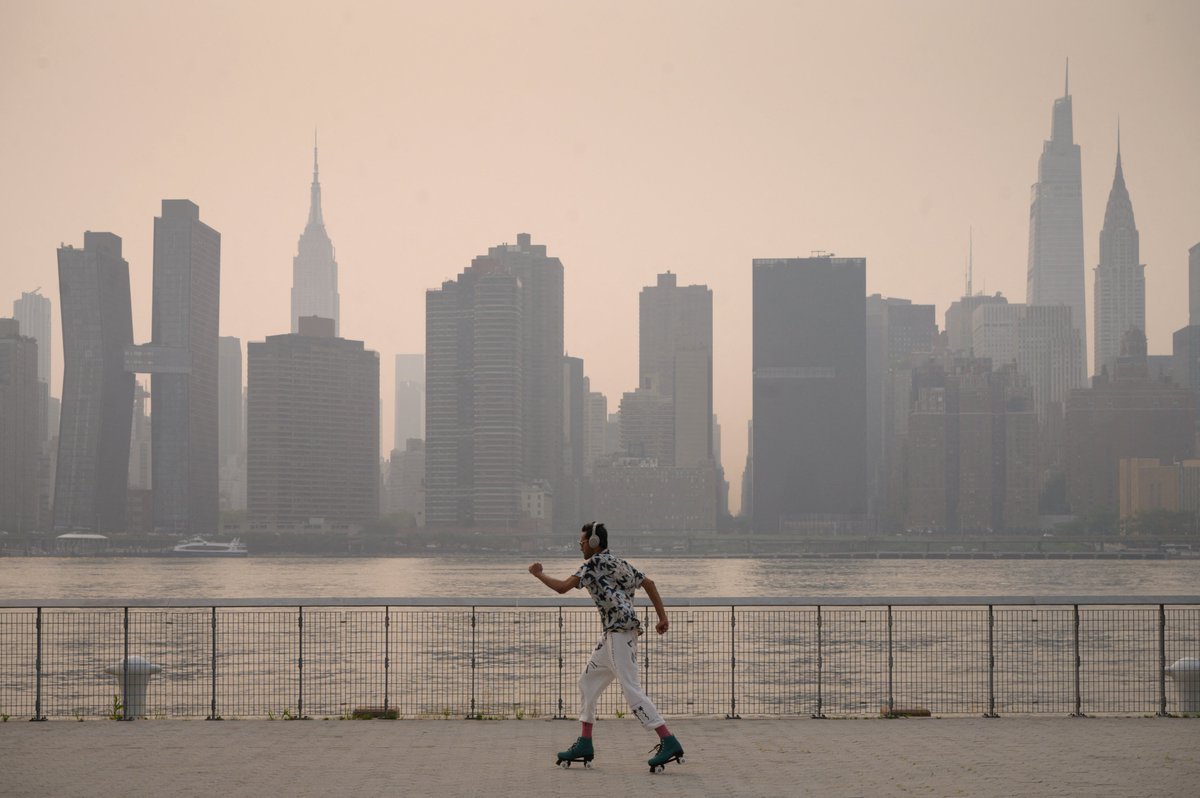
The world’s largest battery manufacturer — China’s Contemporary Amperex Technology — has officially unveiled a sodium-ion battery.
This technology could lead to widespread adoption in a market largely dependent on subsidies trib.al/vdv96sd
This technology could lead to widespread adoption in a market largely dependent on subsidies trib.al/vdv96sd
Sodium-ion batteries currently have a relatively lower energy density, but they run better at cooler temperatures and have a greater life span.
This makes them a better long-term investment trib.al/vdv96sd
This makes them a better long-term investment trib.al/vdv96sd

China’s Ministry of Industry and Information Technology said it would drive the development, standardization and commercialization of sodium-ion batteries.
This would provide a cheaper, faster-charging and safe alternative to the current crop on offer trib.al/vdv96sd
This would provide a cheaper, faster-charging and safe alternative to the current crop on offer trib.al/vdv96sd

Sodium-ion batteries aren’t a new development.
They were being researched in the 1970s, but interest was quickly overtaken by a newer, fancier, more promising variety: the lithium-ion battery trib.al/vdv96sd
They were being researched in the 1970s, but interest was quickly overtaken by a newer, fancier, more promising variety: the lithium-ion battery trib.al/vdv96sd

The challenges with lithium-ion batteries are becoming apparent. Carmakers and battery manufacturers are focused on bringing down costs.
Lithium-ion batteries are increasingly coming up against issues, including:
💰Cost
🔩Materials
🦺Safety
trib.al/vdv96sd
Lithium-ion batteries are increasingly coming up against issues, including:
💰Cost
🔩Materials
🦺Safety
trib.al/vdv96sd

Sodium-based batteries aren’t going to take EVs any further than lithium can anytime soon.
But the materials needed to make them are available. The content of sodium in earth reserves is 300 times more than lithium and is more evenly distributed trib.al/vdv96sd
But the materials needed to make them are available. The content of sodium in earth reserves is 300 times more than lithium and is more evenly distributed trib.al/vdv96sd

That means it has a major cost advantage: These power packs could cost almost 30% to 50% less than the cheapest electric car battery options currently available.
In addition, the price of sodium is less sensitive to market gyrations compared with lithium trib.al/vdv96sd
In addition, the price of sodium is less sensitive to market gyrations compared with lithium trib.al/vdv96sd

Sodium-ion batteries will effectively need a new supply chain.
Low material costs, though, means manufacturing expenses will be reduced and honing the existing production processes to upgrade these older batteries will be faster trib.al/vdv96sd
Low material costs, though, means manufacturing expenses will be reduced and honing the existing production processes to upgrade these older batteries will be faster trib.al/vdv96sd

Putting cheaper and safer options on the market means widespread accessibility for price-conscious consumers or resource-constrained nations.
Options like the sodium-ion battery offer a clear path to go electric and make headway with climate change goals trib.al/vdv96sd
Options like the sodium-ion battery offer a clear path to go electric and make headway with climate change goals trib.al/vdv96sd

• • •
Missing some Tweet in this thread? You can try to
force a refresh















